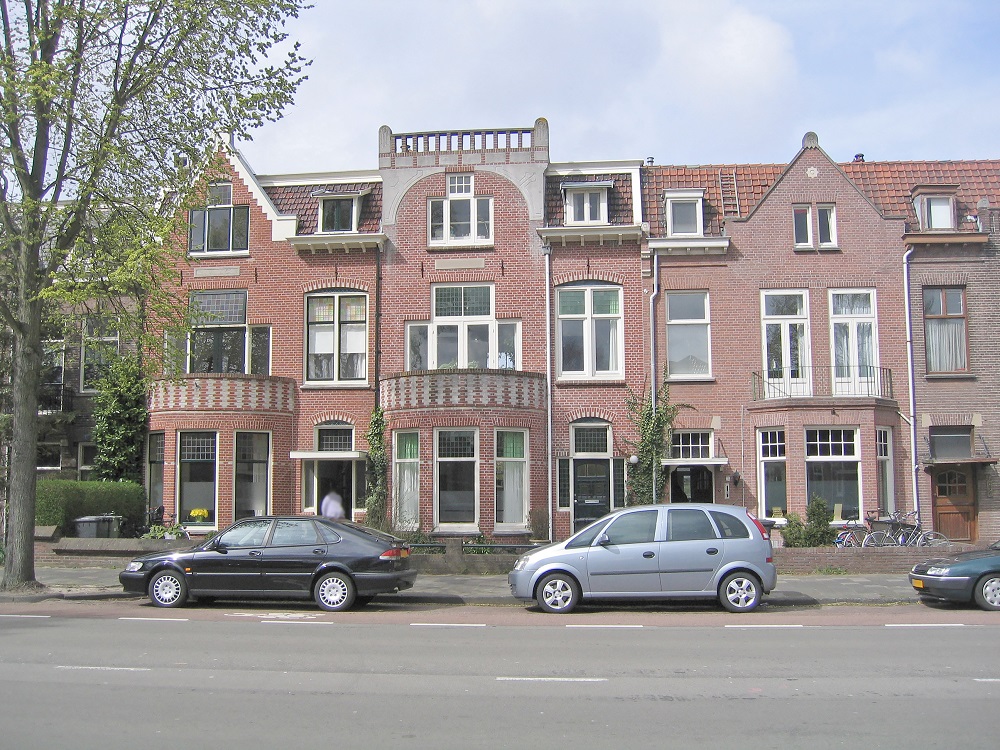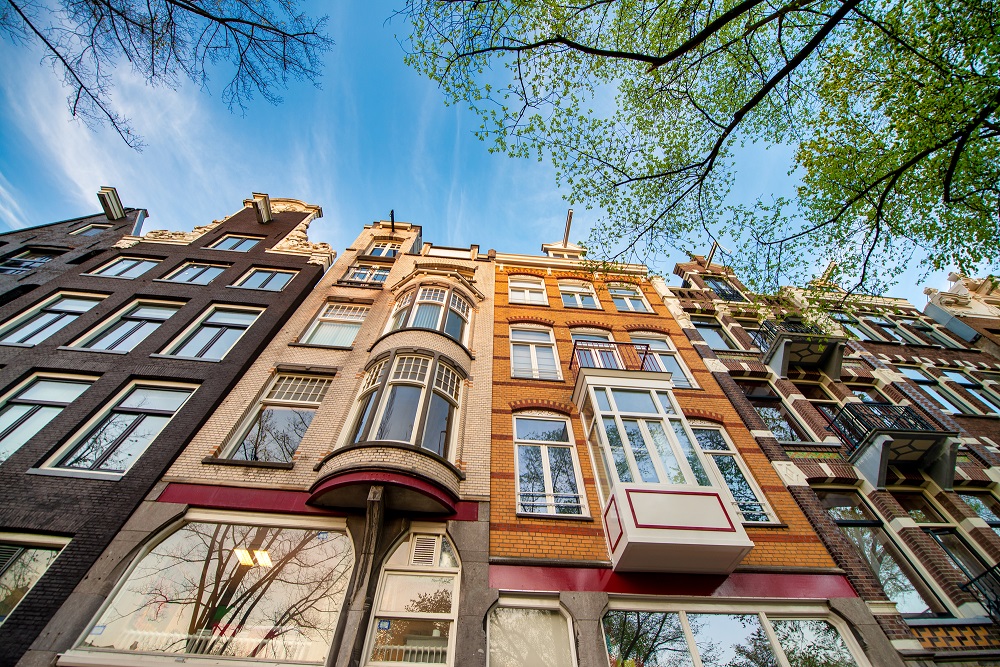Education is unending and pivotal in society. Technology is one of the most dynamic entities that integrates easily into education, creating easily manageable systems that guide everyone in an institution. Recently, there has been a shift in education from physical to e-learning due to various factors. Below are some of the impacts technology has on education systems.
Flexible management
It is easy to lose records and data of students or lessons to be taught in a busy setup. However, this is now a thing of the past. With new technology, new information systems have been put in place in all learning institutions, creating portals for both teachers and students to easily communicate and keep records of previous learning. Such information systems make it easy for management to follow up and keep data up to date.
Easy access to information
In the past, students had to go to the library and use books to get information. However, some of this information was outdated and irrelevant. Due to modern innovation, if you have a phone that allows a sim only, you can buy a data plan to browse and find information, even when outside. Wireless technology allows individuals to access all the information they need from any browser, making it practical to study on the go. Additionally, if you lack a sim only plan, you can still access Wi-Fi to browse via your laptop or phone and access the information you need.
Customised learning
Technology makes it easier for students and teachers to communicate more and gives teachers an understanding of students’ interests. Identifying students’ interests allows teachers to personalise learning, focusing on students’ strengths and allowing them to have freedom of learning on topics of their choice. Additionally, using the latest technology allows students to access information and communicate with the teacher anytime if there is a need for clarification, also making it easier for teachers to track students’ performance at the end of learning sessions.
Improved performance
Technology has allowed students to self-actualise, understand their areas of interest and create more focus on them. When students can identify their own interests, they find research easier because they enjoy learning about what they love. If students like a topic, they will be more willing to research areas or issues that they do not understand.
Video content
Videos illustrate and demonstrate well because they are practical; this allows students to comprehend faster, resulting in better performance. Moreover, video content is engaging, and this creates greater curiosity in children, giving them a yearning to learn and understand various concepts. Visual learning is often more effective than reading and writing for increased performance.


 A house in poor condition in
A house in poor condition in  When planning to take out a renovation loan with the bank, it is crucial to understand that some tasks have a minor (or indirect) effect on the property value. Since banks see more value in elemental improvements than in cosmetic ones, they are less (or only partly) likely to finance these sorts of works.
When planning to take out a renovation loan with the bank, it is crucial to understand that some tasks have a minor (or indirect) effect on the property value. Since banks see more value in elemental improvements than in cosmetic ones, they are less (or only partly) likely to finance these sorts of works. Useful links
Useful links


 Buying a Home
Buying a Home


 If you want, you can also open a joint account
If you want, you can also open a joint account

 Side Note
Side Note